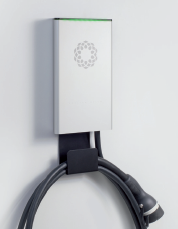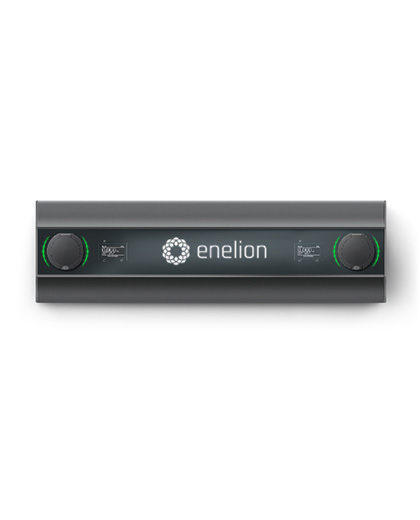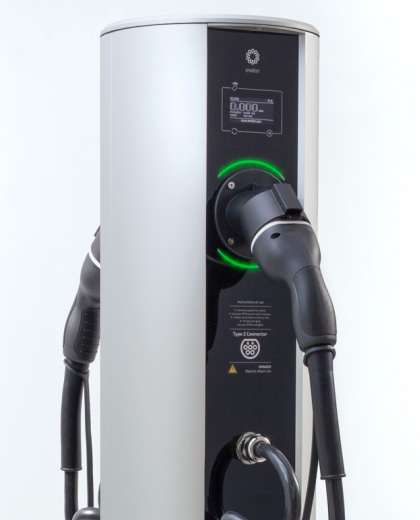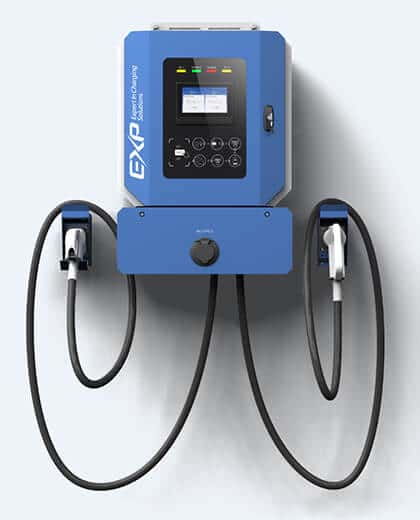For condominiums, we recommend that charging equipment are always connected to the main distribution board of the building; for safety-of-life and fire safety reasons, we do not encourage residents to connect to their meters separately. Connecting to the main distribution board allows for a more economical system and provides the electricity capacity required for charging.
In most cases, the bottleneck is the available capacity of the building, but there is a solution: installing a dynamic energy management system. The system continuously monitors the current power demand of the building and always distributes the remaining energy to the chargers. In practice, this means that when residents get home in the evening and plug their cars into the chargers, while at the same time turning on the washing machine, oven, TV etc. in their homes, the cars will charge at low power, while in the late evening, when household appliances are typically no longer in use, cars will be able to charge at higher power. The system also monitors which cars can be charged at what power and which are already charged.
The consumption of the chargers increases the common consumption of the building, but at the same time, the chargers have individual meters, so it can be clearly established for each resident how much electricity is used for charging and how much is to be paid to the condominium.
This is the optimal solution for residents, because
- they can charge their cars at a retail rate, which is lower than the rates charged by public chargers;
- the chargers are safer to operate;
- it is cheaper to establish the feed-in (if several chargers are installed at the same time).
This is the optimal solution for the building because
- chargers can be installed safely and professionally;
- further subsequent installations are easier to carry out;
- the available power is used efficiently (no need for costly upgrades and no risk of overloading the building).
As a subsidiary of ALTEO, ALTE-GO Kft. offers a comprehensive solution, i.e. we can provide the construction of the feed-in, the procurement and installation of the chargers, the maintenance of the chargers, as well as the measurement and reporting of charges.
I'm interested





